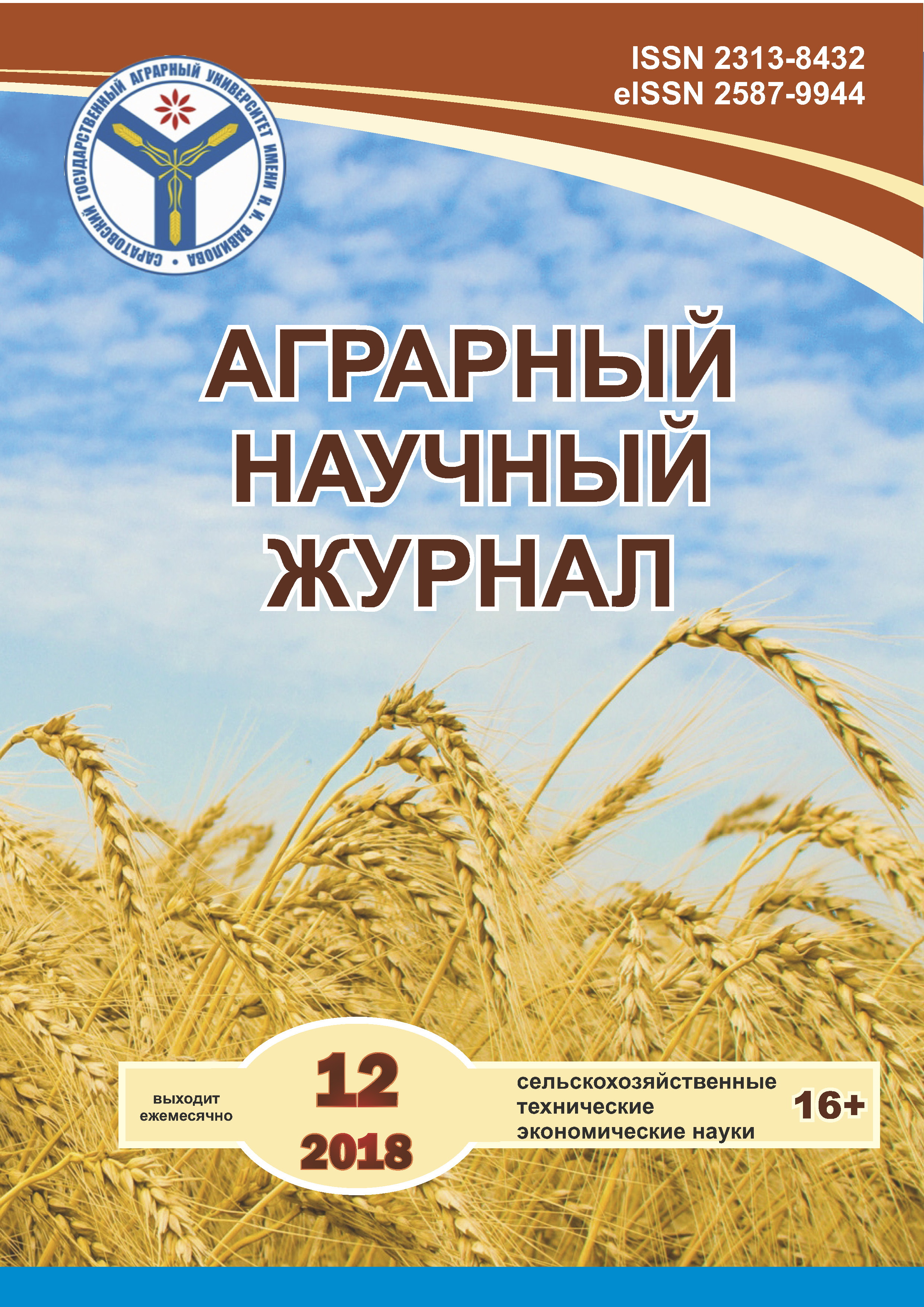The influence of the forest belt on the physical and biological properties of the soil in the inter-belt space of the agrolandscape
DOI:
https://doi.org/10.28983/asj.v0i12.646Keywords:
agrolandscape, soil structure, bulk density, porosity, moisture capacity, soil nitrification capacityAbstract
Physical and biological features of agrolandscape formation are considered on the example of ordinary chernozem, southern chernozem, and chestnut soil. It is shown that as we approach the forest belt, there is an improvement in the soil structure and its water strength. The number of agronomically valuable units according to the results of dry and wet sifting on the soil of agricultural use is reduced in comparison with virgin soil. The forest belt compared to the open area of the field allows reducing the density of soil composition on average in all agricultural landscapes by 0.2 g/cm3, while the porosity of the soil increases by 4.8%. With an increase in the bulk density, the soil porosity decreases. In ordinary chernozem, the most favorable soil porosity is in the virgin area (53.24%), it gradually decreases to 42.23% in the soil in an open field; in southern chernozem - from 49.73 to 29.75%. The largest differences were in chestnut soil - from 50.46 to 26.87%. Less porosity (by 7.2) was in soil, located in the zone of influence of the forest belt. The level of soil nitrification capacity is closely correlated with the level of humus content in them (r = 0.64).
Downloads
References
2. Гедройц К.К. К вопросу о почвенной структуре и сельскохозяйственном её значении // Изв. государ. ин-та опытной агрономии. – 1926. – Т. 4. – Вып. 3. – С. 15–22.
3. Качинский Н.А. Структура почвы. – М.: Изд-во Моск. ун-та, 1963. – 89 с.
4. Медведев И.Ф., Анисимов Д.А., Бочков А.А. Эколого-мелиоративные особенности развития почвенной системы в зоне влияния лесных полос // Вестник Саратовского госагроуниверситета им. Н.И. Вавилова. – 2013. – № 11. – С. 3–9.
5. Модина С.А., Долгов С.И., Польский М.Н. Сложение и структурное состояние почвы // Агрофизические методы исследования почв. – М.: Наука, 1966. – С. 42–71.
6. Николаев В.А. Концепция агроландшафта // Вестник МГУ. Сер. 5. География. – 1987. – № 2. – С. 22–27.
7. Самсонов Е. В. Воздействие лесных полос противоэрозионного комплекса на почвенные факторы и урожайность сельскохозяйственных культур в степи Приволжской возвышенности: автореф. дис. … канд. с.-х. наук. – Саратов, 2006. – 19 с.








